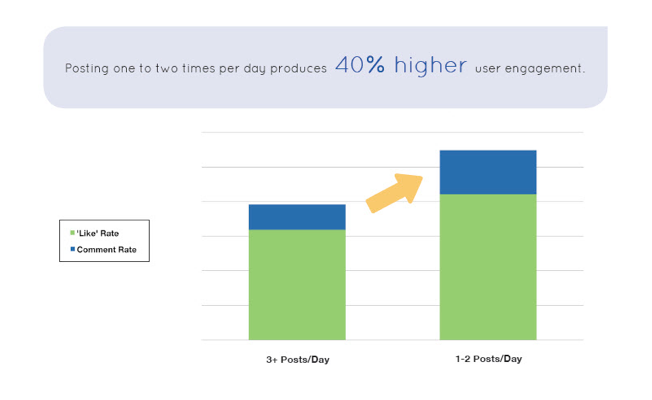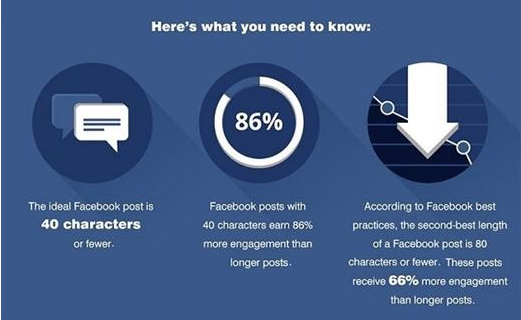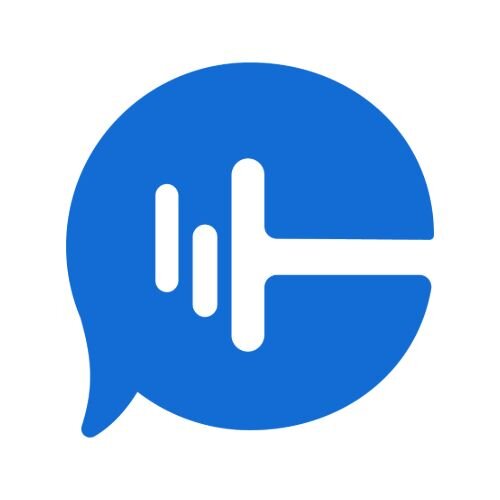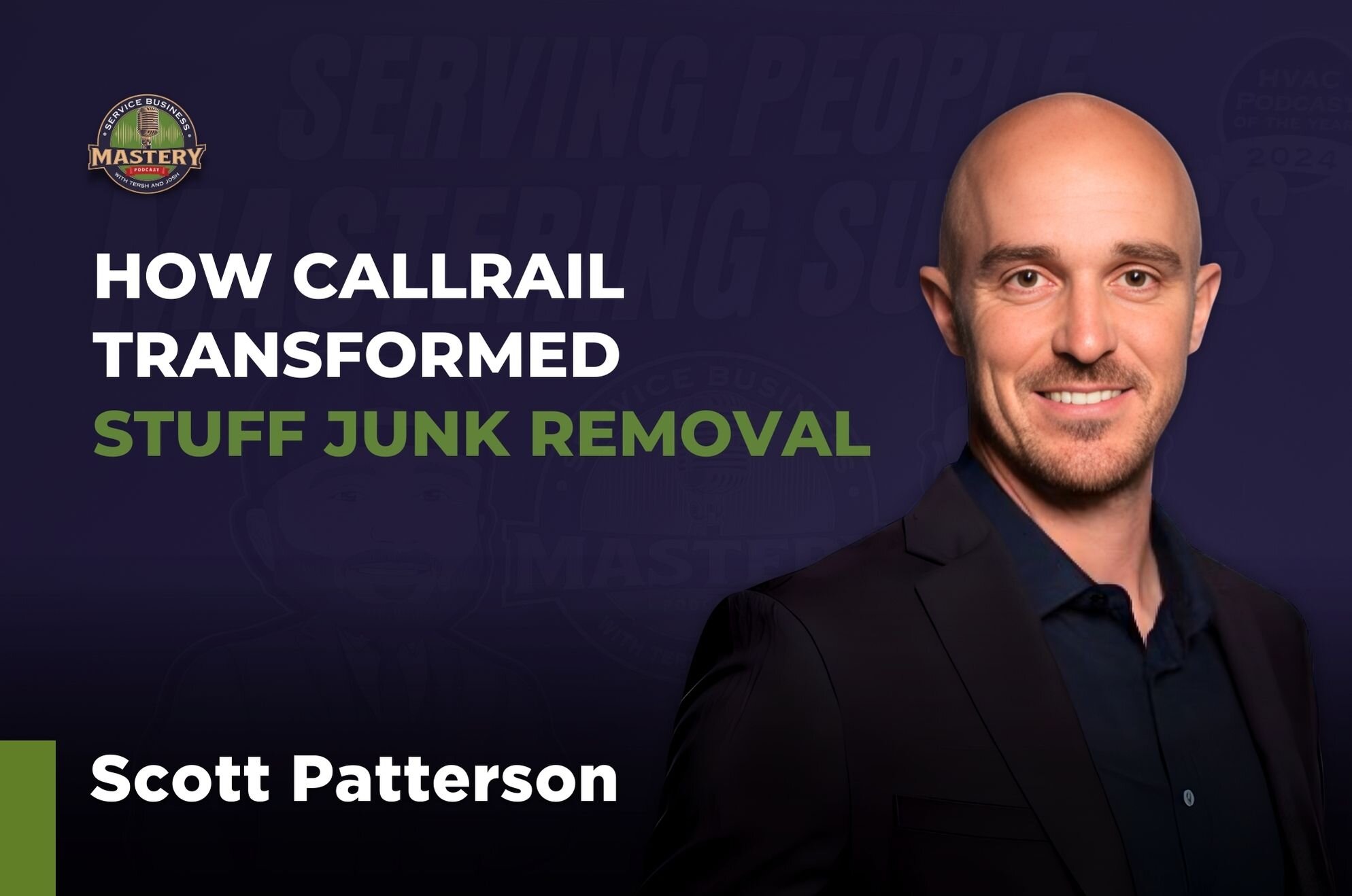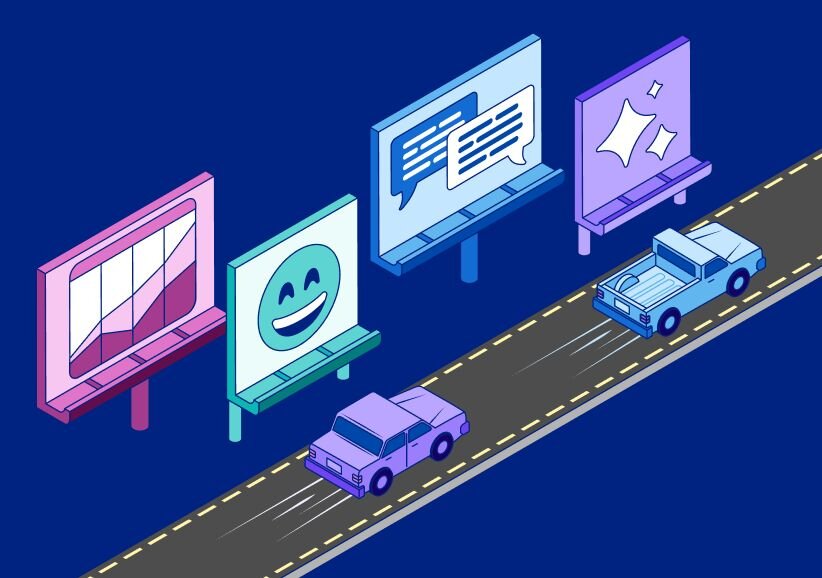With an average of 1.32 billion daily active users, Facebook continues to be an effective social media channel for marketers. Despite the constant influx of new, trendy platforms, it continues to have the most engaged users with 70% of users logging on daily and 43% of those doing so several times a day. With that said, Facebook has long been an integral part of a business’s brand strategy for success. But why isn’t your Facebook content driving engagement? A lot of the time it can feel as though the content you’re creating is simply launched into a black hole and never interacted with.
The recent shift away from organic reach to paid placements hasn’t helped marketers alleviate that feeling. Ironically enough, one of the criteria evaluated to even show up in a user’s News Feed is the amount of engagement the post receives. Meaning, you need engagement to show up in a user’s feed, but you need to show up in a user’s feed to get engagement. Complicated? Yes. Impossible? No! Your social content strategy can still thrive amidst this algorithm age and drive engagement.
Timing Is Everything
It’s important to figure out when your audience is most likely to interact with your content, and it’s not always when you think! You want to post when engagement opportunity is highest, not necessarily when the most users are logged on. Data shows that the best times to post to Facebook are around noon and just after 7pm. But, even though most users log in during the day, most engagement occurss during the night hours. This is probably due to users simply skimming through their feed during the day, and actually having the time to engage with content during the night hours. In fact, Buzzsumo found that posts received the most engagement after 10pm. Try testing different times using a scheduling tool and consider what your audience’s day-to-day life may involve. Have exciting news? Try pinning a post to your timeline to encourage engagement long after you’ve posted!
Quality Over Quantity
Now, let’s be honest. Your audience won’t appreciate several blasts of content per day. More posts does not always lead to more engagement. Instead, focus on the quality of the content rather than rushing to slap together content for the sake of it. Quality will always be the true driver of impact on your audience. While there’s no one-size-fits-all for the frequency of posts, a study by Buddy Media revealed that one to two posts per day yielded a 40% higher user engagement.
Picture Perfect
Your content should always be appealing to the eye, and you can do this by including photos or other media in all your posts. Yes, all of them! Facebook posts with images see 2.3 times more engagement than posts without images. Tap into your audience’s senses and use these photos as an opportunity to build positive associations with your brand. Give them a glimpse into the article you wrote. Share that fun photo of your team lunch. Build a photo album of your team’s latest volunteer trip. Photo albums are a surefire way to kick up your engagement. Pictures are worth a thousand words!
Share and Share Alike
To drive engagement, you need to build shareable content. This means honing in on the relevance and timeliness of your content. Does it motivate your audience to share it with their network? Try including a call to action. You can get creative with these. A simple “Click ‘Like/Share’ if you ____” kind of caption with your photo will drive your audience to do so.
You want your audience to truly have a reason to consume your content. Look to the latest news in your industry. Does that news affect your customers? Could it help them grow their business? Or maybe it makes their daily duties at work a bit easier. Write about it! For example, we wrote a post on the E.U.’s antitrust fine against Google. Your audience will appreciate relevant information. If you haven’t posted relevant content already, you can supplement with curated material. Search for content outside your own that your audience would enjoy and share it with them. This helps build rapport and thought leadership; they don’t only want to hear from you!
Short and Sweet
Facebook isn’t the place to house long form content. With all the other information to take in on their News Feed, your audience will need short and to-the-point content. Cut the fluff! Your posts should be understood as quickly as a headline. You want to entice them to visit your website or wherever the content is housed. The ideal length is between 40 and 80 characters. Posts with 40 characters and fewer earn 86% more engagement than longer posts.
Reflect on the Past
Last, but certainly not least, look back on the past. If you aren’t tracking your social metrics, you should be! Take a moment to sit with your data. What posts drove the highest engagement? Mimic that. Build on it. Don’t reinvent the wheel! There’s a great chance that the content you may have expected to underperform exceeded expectations. This also brings back the importance of testing. You won’t truly know unless you’ve tried different methods!
Don’t Give Up!
While all the algorithms and updates pose a challenge to placing in users’ News Feeds, reaching them organically is still possible. Users want to see content they like, so it’s important to build your content around that notion. The more you do this, the easier it will be to have the algorithm work in your favor. Remind your audience that there are humans behind it all.




